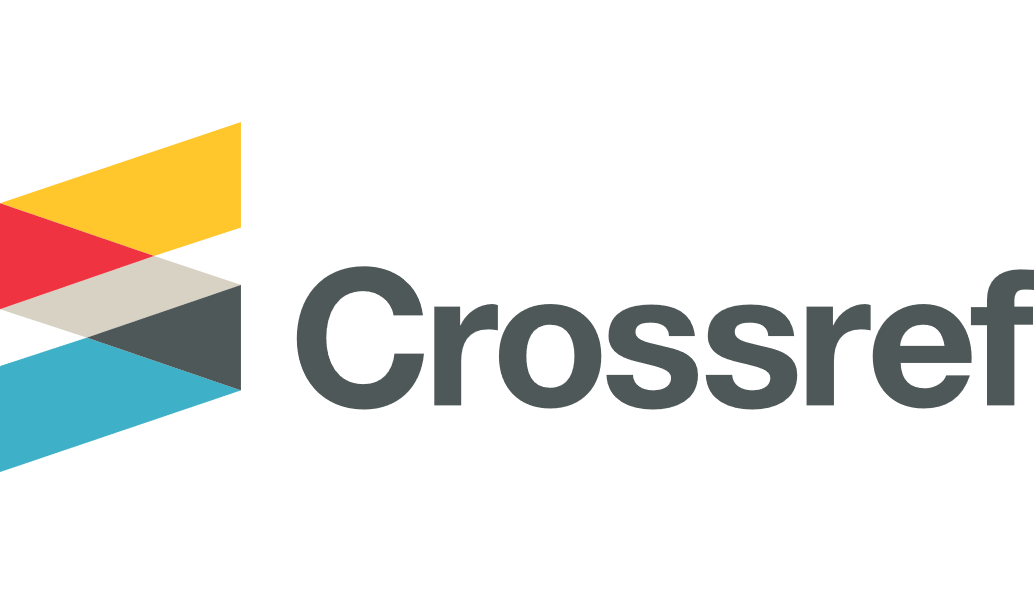Keywords
obestity, hypertension, blood pressure, creatinine, sodium
Disciplines
Internal Medicine | Nephrology | Physiological Processes
Abstract
Objectives
To analyze correlations between major determinants of blood pressure (BP), in efforts to generate and compare predictive models that explain for variance in systolic, diastolic, and mean BP amongst participants of the Intersalt study.
Methods
Data from the Intersalt study, consisting of nearly 10,000 subjects from 32 different countries, were reviewed and analyzed. Published mean values of 24 hour urinary electrolyte excretion (Na+, K+), 24 hour urine creatinine excretion, body mass index (BMI, kg/m^2), and blood pressure data were extracted and imported into Matlab™ for stepwise linear regression analysis.
Results
As shown earlier, strong correlations between urinary sodium excretion (UNaV) and systolic, diastolic and mean blood pressure were noted as well as between UNaV and the age dependent increase in systolic blood pressure. Of interest, BMI and urinary creatinine excretion rate (UCrV) also both correlated with systolic blood pressure, but the ratio of BMI/UCrV, constructed to be a measure of obesity, correlated negatively with systolic blood pressure.
Conclusions
Our results offer population-based evidence suggesting that increased size due to muscle mass rather than adiposity may correspond more to blood pressure. Additional data bases will need to be sampled and analyzed to further validate these observations.


